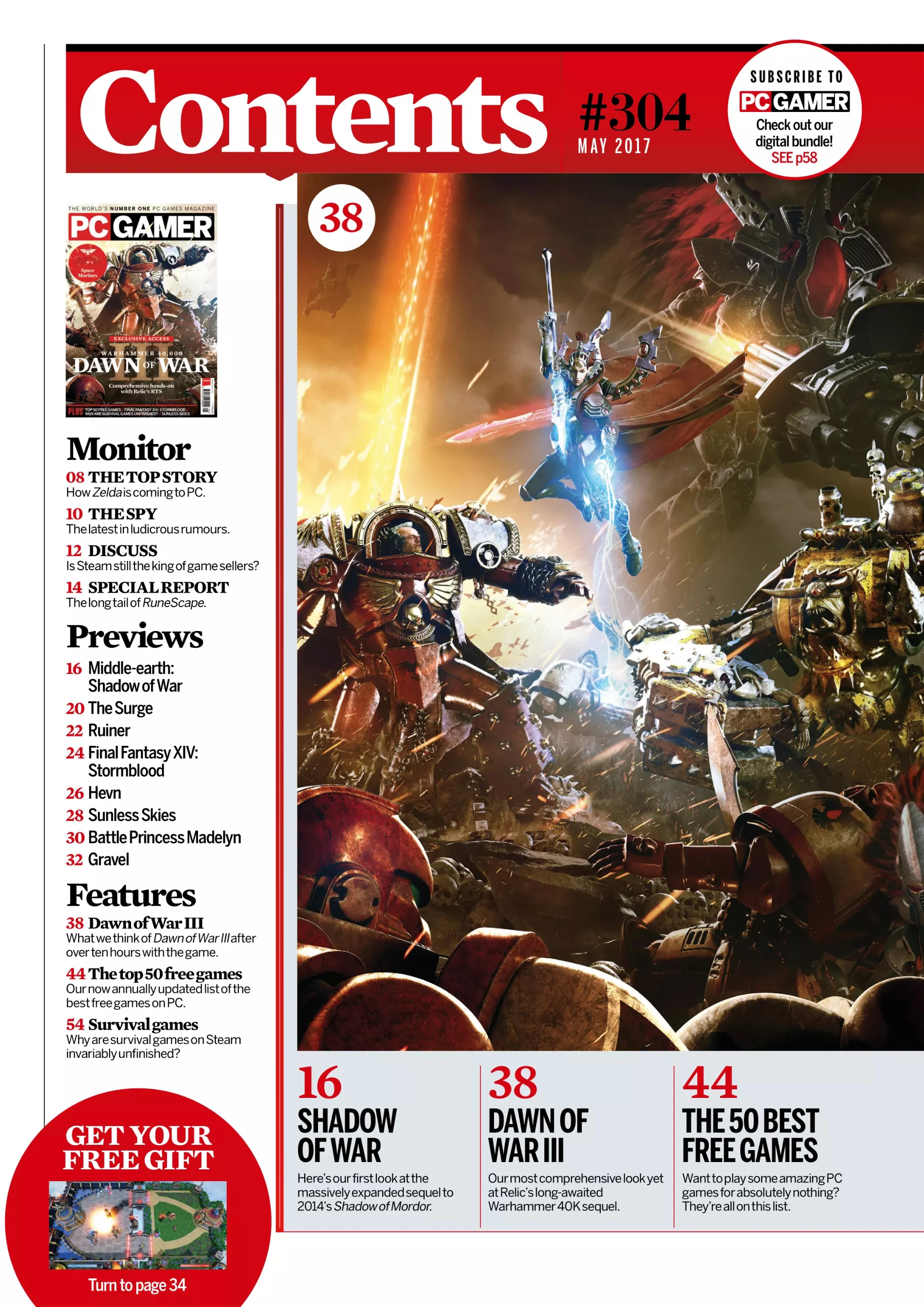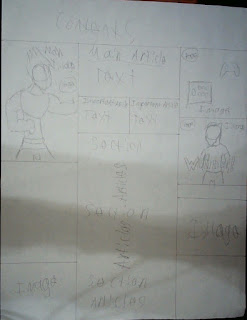Table of Contents Feedback and Revision
In this post I will be discussing the feedback I got for my table of contents and which elements I will be changing and incorporating because of it.
This is the original design I am going with and the design that I received feedback on and will be altering in accordance with that feedback.
Feedback
I received feedback from six of my peers, overall, the general consensus was that the organization of the text needed to be adjusted. Some suggested reducing the number of articles, while most suggested to standardize the spacing of the page numbers and articles. This I then realized was a major issue with my design that I would have to fix. With this change, there was another issue that I myself noticed that was not mentioned in any of my feedback which was the two bottom images not being at the same angle nor are their angles even, so I will change this as well.
This is the design with the changes in alignment and spacing of the articles and page numbers. This is a change that I will definitely keep because it does nothing to impede upon the gaming magazine conventions and makes the table of contents look much more professional.
I received a suggestion from one of my peers to move the articles to create margins at the edge of the page. I attempted this, but ultimately it reduced the quality of the table of contents because it required me to rearrange the text and size down the images in the center which took away from the composition of the article.
I received another suggestion from a peer to reduce the number of articles which, could be plausible but I did not attempt this because it goes against the conventions of gaming magazines' tables of contents.
This last edit I made to the design was to the images, it was not a comment I received but I had previously mentioned in my post, Table of Contents Mockup, that the bottom two images were not even nor were there edges straight and this was something that bothered me personally. I resolved this issue through great trial and error. First, I attempted to combine the images together so I could erase the images at the same time and their edges would be aligned but this still left the issue of the straightness of the edges. Then, I struggled, after that, I found a method of using Windows' Paint 38 to create an area that I wanted to be transparent by first making it white, I created straight edges to the images by using Paint 3D's line tool. Finally, I imported the image into PowerPoint and used the color tool to set the color white as transparent. This also created problems because then I had to change the color of the "WINNER" text in the image on the left to a light gray so that it too did not become transparent.
Conclusion
This is the final design for my gaming magazine's table of contents, with all of the edits according to peer review and criticism. I think that it works very well with the previously established themes of the Cover and is in line with the conventions that I described in Table of Contents Research and Drafts. I think that in the future I may have to change the color of the text in the second image but for now I think that it does not diminish the professional nature of the layout at all. I have high hopes for the final product of my magazine.





























.png)





















.png)
